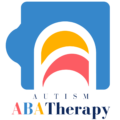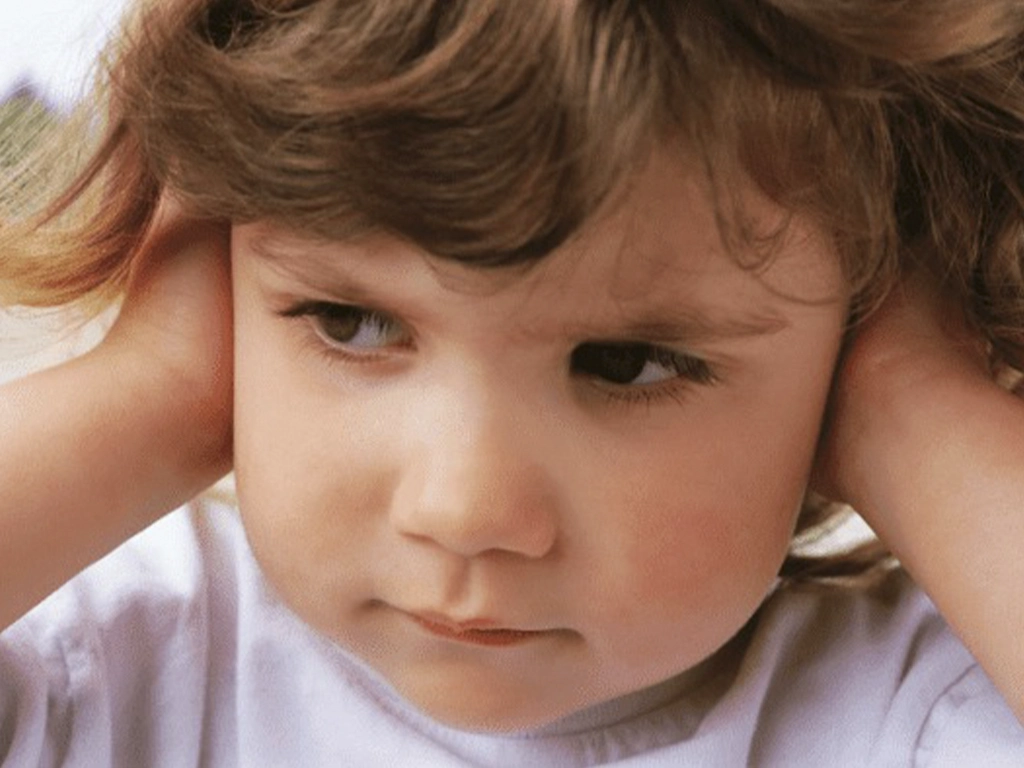Autism spectrum disorder (ASD) and Down syndrome are distinct conditions, each with its own set of characteristics and challenges. In this blog post, we will explore the differences and similarities between autism and Down syndrome, shedding light on key aspects such as causes, symptoms, related conditions, and available treatments.
Understanding Autism Spectrum Disorder
Autism spectrum disorder is a neurodevelopmental disorder characterized by a range of challenges, including social communication difficulties, repetitive behaviors, and restricted interests. Individuals with autism may struggle with eye contact, understanding social cues, and developing language skills. The spectrum nature of the disorder means that it manifests differently in each person, leading to a wide range of abilities and challenges.
Causes and Diagnosis of Autism Spectrum Disorder
The exact cause of autism spectrum disorder remains unclear, but it is believed to result from a combination of genetic and environmental factors. Some children are diagnosed early in life, while others may not receive a diagnosis until later. Early intervention, including social skills training, speech therapy, and behavioral interventions, can significantly improve outcomes for individuals with autism.
Common Characteristics of Autism Spectrum Disorder
Autistic individuals may exhibit a variety of symptoms, including:
- Challenges in social interaction
Difficulty understanding and responding to social cues, leading to struggles in forming elationships.
- Repetitive behaviors
Engaging in repetitive movements or activities, such as hand-flapping or insistence on sameness.
- Restricted interests
Intense focus on specific topics or activities, often to the exclusion of other interests.
- Language delays
Difficulty in developing language skills, ranging from mild delays to complete absence of verbal communication.
- Changes in routine
Resistance to changes in routine, with a preference for predictability and familiarity.
Understanding Down Syndrome
Down syndrome, on the other hand, is a chromosomal disorder caused by the presence of an extra copy of chromosome 21. This additional genetic material can affect physical and intellectual development. People with Down syndrome typically have distinct facial features, including a flat facial profile and upward-slanting eyes, but the severity of symptoms can vary widely.
Causes and Diagnosis of Down Syndrome
Down syndrome is primarily caused by errors in cell division that result in an extra copy of chromosome 21. There are three main types of Down syndrome: trisomy 21 (the most common form), translocation Down syndrome, and mosaic Down syndrome. The condition is often diagnosed during prenatal screening or shortly after birth through physical and developmental assessments.
- Common Characteristics of Down Syndrome
Individuals with Down syndrome may exhibit the following characteristics:
- Intellectual disability
A range of cognitive impairment from mild to moderate.
- Low muscle tone
Poor muscle tone, affecting motor skills and coordination.
- Heart defects
Congenital heart defects are more common in individuals with Down syndrome.
- Developmental delays
Delays in speech and language development, as well as motor skills.
- Distinct facial features
Flat facial features, small hands and feet, and a single crease across the palm.
Differences Between Autism and Down Syndrome
While both autism and Down syndrome can coexist in some individuals (dual diagnosis), there are notable differences between the two conditions:
- Causes
Autism is believed to result from a complex interplay of genetic and environmental factors, while Down syndrome is caused by chromosomal abnormalities.
- Social Skills
Social interaction difficulties are a hallmark of autism, while individuals with Down syndrome may have a more outgoing and social nature.
- Language Development
Autism often involves language delays and challenges, whereas individuals with Down syndrome may experience delays but typically develop stronger verbal communication skills.
- Repetitive Behaviors
Repetitive behaviors are a common feature of autism, while they are less prevalent in individuals with Down syndrome.
Similarities Between Autism and Down Syndrome
Despite their differences, there are also some similarities between autism and Down syndrome:
- Developmental Delays
Both conditions can result in delays in various aspects of development, including speech, language, and motor skills.
- Cognitive Impairment
Individuals with both autism and Down syndrome may experience cognitive impairment, ranging from mild to moderate.
- Social Skills Challenges
While the nature of social challenges may differ, both autism and Down syndrome can impact social skills and interactions.
- Early Intervention
Early diagnosis and intervention can significantly improve the quality of life for individuals with both conditions.
Conclusion
In summary, autism spectrum disorder and Down syndrome are distinct conditions with unique characteristics, causes, and challenges. Understanding the differences and similarities between these two conditions is essential for providing tailored support and interventions for individuals with autism, Down syndrome, or both. By fostering awareness and promoting inclusivity, we contribute to creating a more supportive and understanding environment for those living with these conditions.




